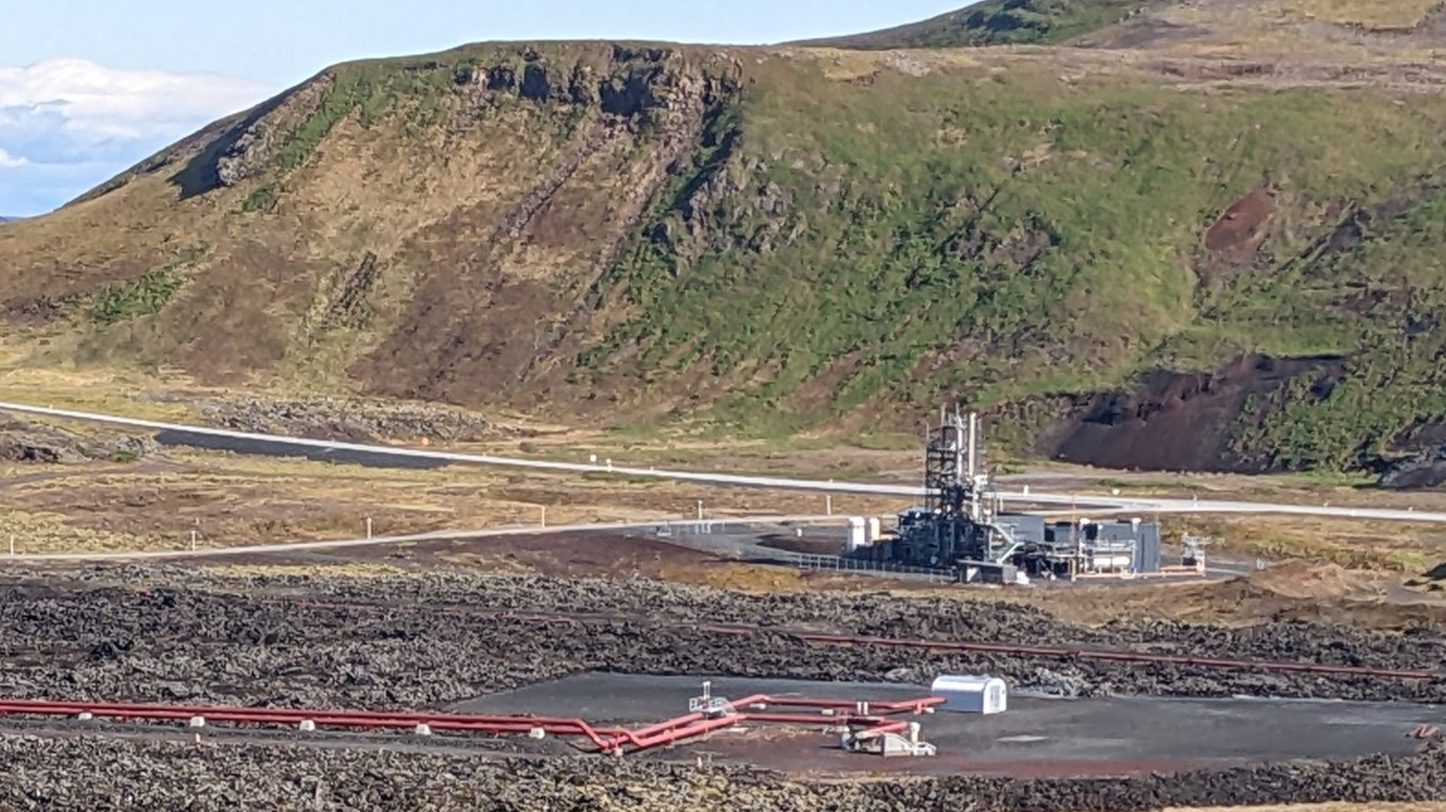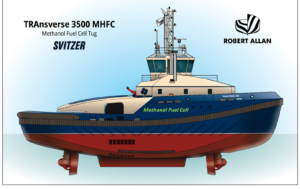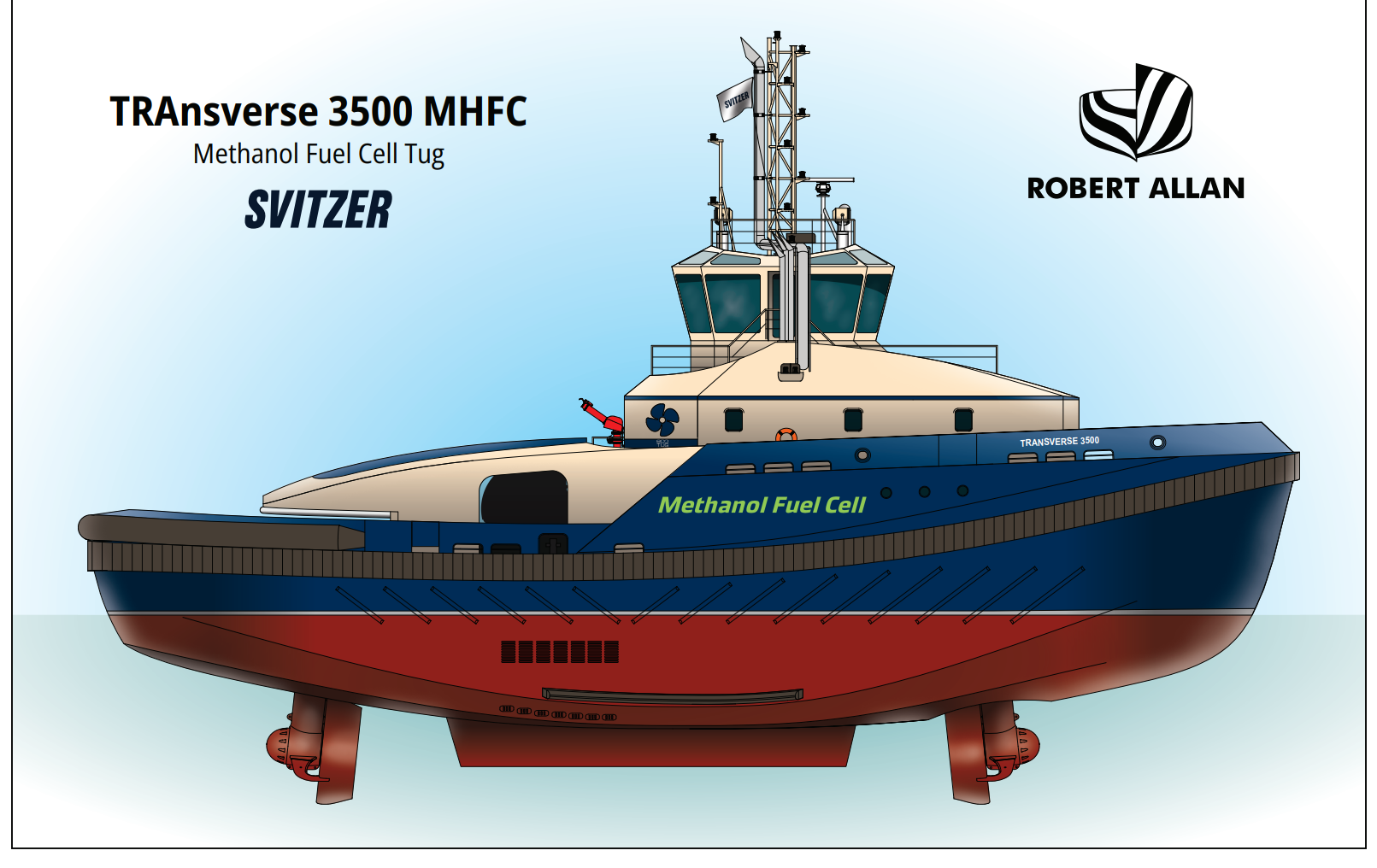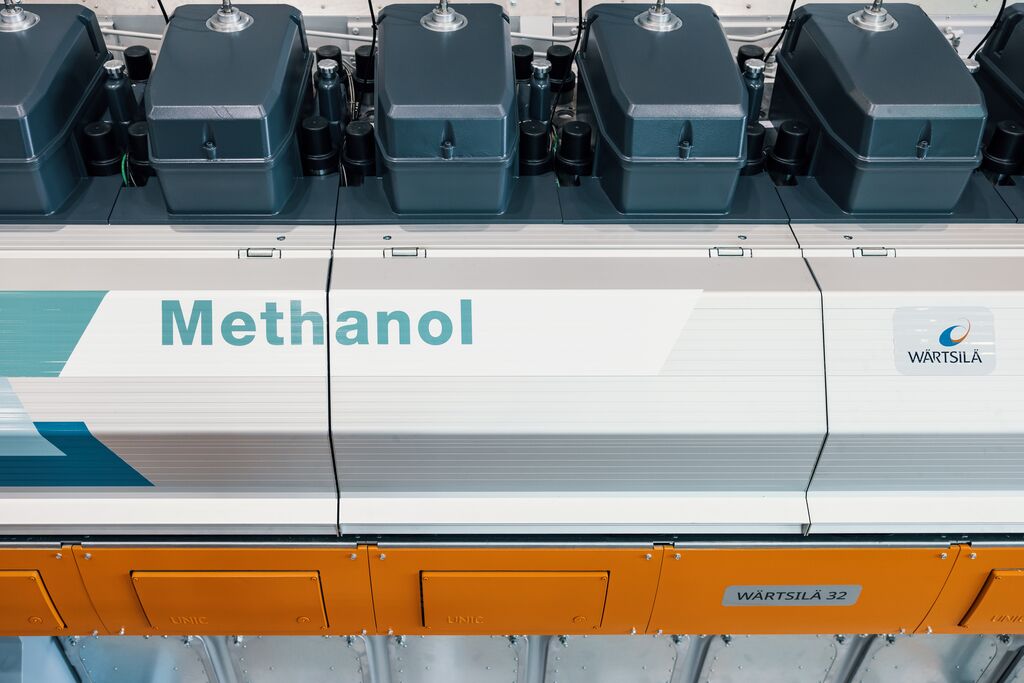Technologies that utilize carbon dioxide and green hydrogen can turn electric energy into fuels like methanol. The first e-methanol plant has been running since 2012.
By Hanno Böck
Methanol, if made in an environmentally friendly way, is considered a promising fuel for the future of shipping. But today methanol is usually made from fossil fuels and green methanol production only happens in small quantities.
In the first part of this two part examination of methanol production for shipping, we looked at green methanol production from biomass and waste, which has seen a lot of interest lately, but likely will not be able to cover the whole future market for green methanol. This article looks at pathways for e-methanol production.
An Icelandic company has produced E-Methanol since 2012
Apart from options to use biomass and waste as a feedstock, there is also the option to make methanol from carbon dioxide and green hydrogen. This is referred to as e-methanol.
Carbon Recycling International (CRI), a company founded in 2006, has been pioneering this technology and operates an e-methanol production facility near the Svartsengi geothermal power plant in Iceland. It has been running since 2012, with a production capacity of 5,000 tons per year.
The geothermal plant provides cheap electricity for the energy intensive electrolysers that split water into oxygen and hydrogen. For the operation of the methanol plant itself, heat in the form of steam is directly provided by the geothermal plant.

The geothermal plant also acts as a source of carbon dioxide for CRI. While geothermal energy is usually considered a renewable and relatively clean source of energy, it does have carbon dioxide emissions from geological formations.
The plant in Iceland is the only one that has been in operation for multiple years, but the company is now scaling up its technology. A much larger plant with a capacity of 110 thousand tonnes per year has recently started production in Henan, China.
The plant utilises hydrogen and carbon dioxide that is a by-product from a coke plant used for steel manufacturing. This is of course not a very green process to begin with, and the methanol plant is not operated by renewable energy. But CRI argues that it still reduces emissions, as the methanol it replaces would otherwise be produced with coal gasification.
CRI is currently building two more plants of similar size, one in China’s Jiangsu province, as part of a petrochemical complex, and one in Norway. The plant in Norway will source its carbon dioxide from a Ferrosilicon plant, the electricity will be supplied by hydropower.
Liquid Wind from Sweden plans the construction of two e-methanol plants. The first one with a capacity of 50.000 tonnes per year is already expected to be operational by 2024. Liquid Wind is part of a consortium that plans to create an e-methanol hub at the port of Gothenburg to deliver methanol to the shipping industry.
Siemens and Porsche have started the production of e-methanol in a project named Haru Oni in Chile in 2021. With a current capacity of around 600 tons per year it is a small facility, but plans are to increase the capacity to megaton scale in the future.
Is e-methanol with a fossil carbon dioxide source really green?
A controversy around e-methanol production is the source of the carbon dioxide. The easiest way is often to source it from industries using fossil fuels. However, this creates a dependency on the further use of fossil fuels in other industries. As other industries decarbonize, the future e-methanol industry needs to find non-fossil carbon sources.
Some facilities already try to address this by using biogenic carbon dioxide from biomass. Liquid Wind plans to use carbon dioxide from biomass-based power plants. The Haru Oni project in Chile uses direct air capture technology, which takes the carbon dioxide out of the air.
But the availability of carbon dioxide from biomass is limited, and direct air capture is an expensive and energy intensive process, so it remains to be seen how the future e-methanol industry will source its carbon dioxide.
In a report about green methanol production in 2021, the International Renewable Energy Agency (IRENA) points out that the need for carbon dioxide provides an opportunity to combine the production of biomethanol and e-methanol: By using carbon dioxide that is produced as a by-product of biomass-based methanol production.
IRENA however expects that green methanol will only play a relatively minor role in the future of shipping and sees its future primarily in the chemical industry. In a report about the decarbonization of shipping, IRENA points out the high costs of carbon dioxide when using direct air capture technology and thus expects that ammonia will cover a much larger share of the future shipping fuel market.
Ammonia does not contain carbon and thus does not have that problem, but IRENA also writes: “Unlike Ammonia, the utilisation of methanol requires little engine modifications, a clear advantage of this renewable fuel.”
As we have seen, there are plenty of possibilities for green methanol production. The Methanol Institute expects that based on current announcements the production capacity of green methanol could be eight million tons per year by 2027. However, many of these projects are just announcements and plans yet, and it remains to be seen how quickly the industry can upscale and how questions about feedstock sources are resolved.






































